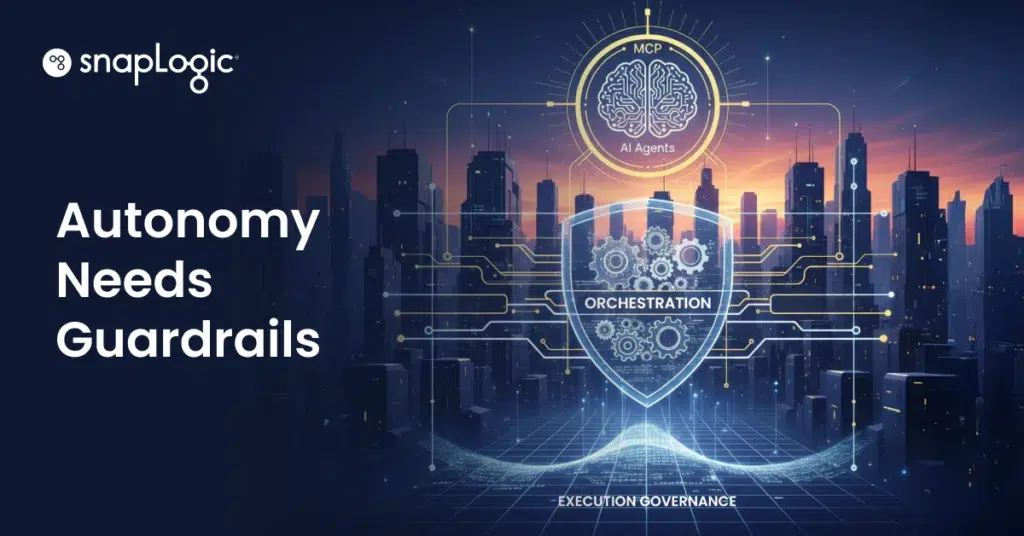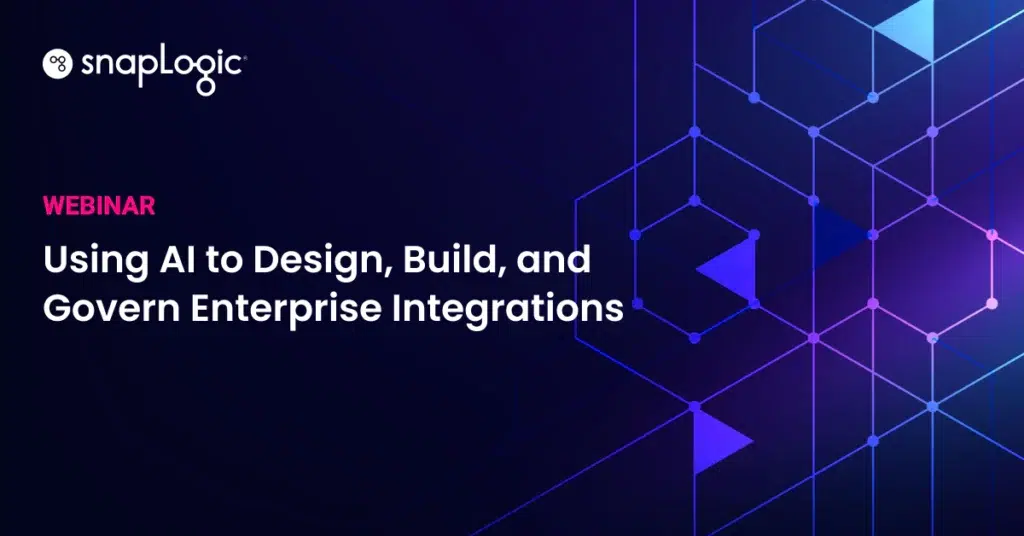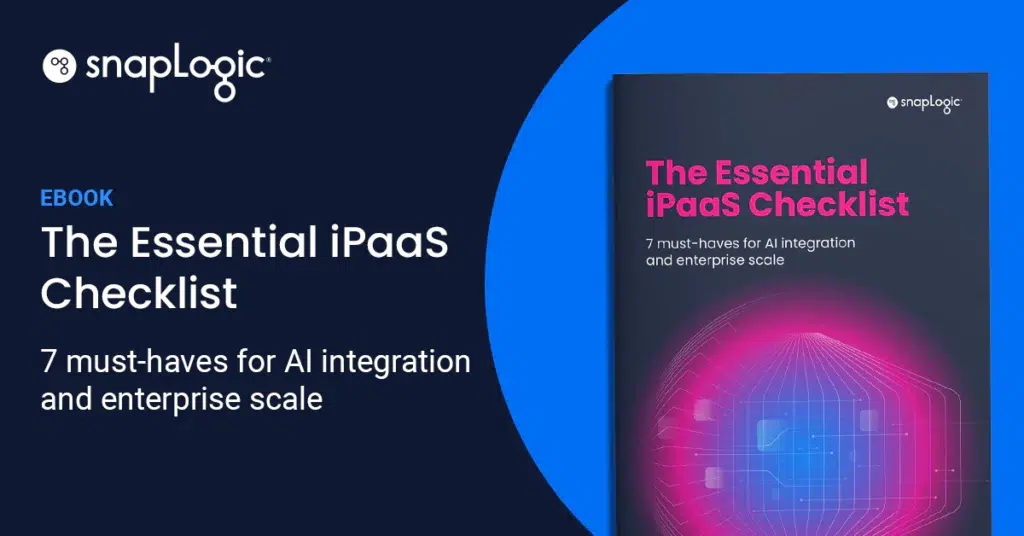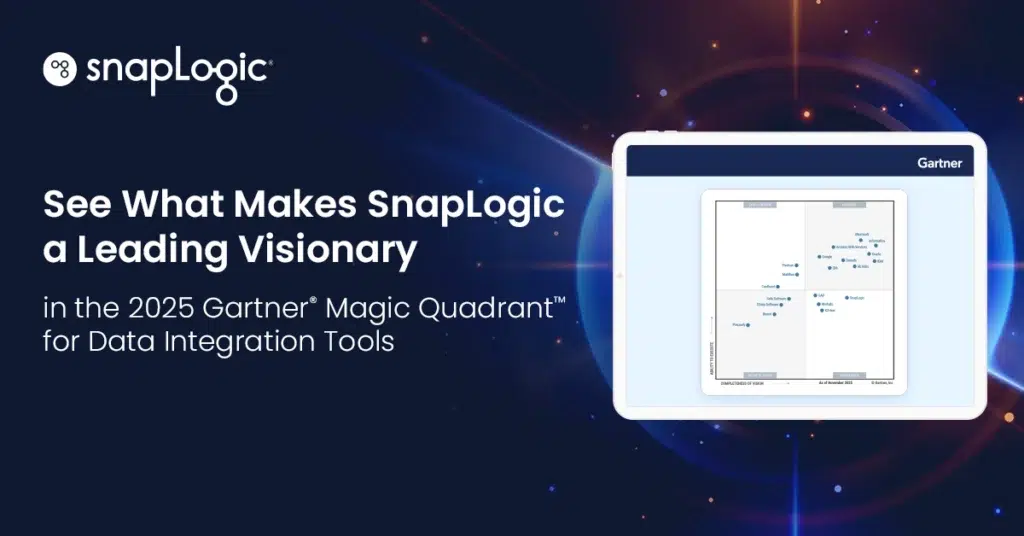What is a data integration strategy?
Data integration strategies help discover and implement the most efficient, intelligent solutions to store, extract, and connect information to business systems and platforms. Modern data integration strategies have changed to incorporate continuing innovation in data storage and management, which are increasingly cloud-based.
While data integration strategies are customized for specific business needs, challenges, and solutions, SnapLogic has discerned 10 requirements for any modern data integration to be successful.
10 data integration success requirements
REST and SOAP APIs
Modern data integration platforms should provide easy and robust ways to use REST and SOAP APIs for data management. REST and SOAP APIs are the most effective integration tools for connecting business actions and objects with the rest of the enterprise for a unified system.
Hadoop-based data lakes or cloud warehouses
Enterprise IT organizations need to move large volumes of data away from customized data warehouses into a Hadoop-based data lake or to cloud-based data warehouses. Data integration tools must be able to interact with newer storage and frameworks, such as Spark and MapReduce, to transform substantial amounts of data.
Accommodate changing data velocities and data loads
Modern integration platforms have to support the changing velocities of data regardless of the size of the data, whether batch or streaming data. iPaaS solutions allow for quicker data integration, continual upgrades without downtime, and are able to process information regardless of size or velocity.
Event-based integration
Event-based integration, rather than clock-driven, allows platforms to respond to business events in real-time. This could help to prevent loss of customers due to inefficient processes.
Document-centric Integration
Since integration is based on REST and SOAP APIs that transfer hierarchical documents, integration should be document-centric. Transferring documents to row sets or compressed payloads doesn’t utilize more effective data integration and management tools, processes, and strategies.
On-premises and off-premise integration solutions
Data integration technology should manage both on-premises and cloud-based applications easily and efficiently. Hybrid integration covers both cloud-cloud and cloud-ground scenarios to accommodate applications that will not move to the cloud.
Interoperationality
Data integration solutions must be able to interoperate with other enterprise services such as security, monitoring, and provision, and be accessible through REST and SOAP APIs.
Adaptable, fluid framework
Data integration should efficiently connect different systems that each have their own API set using an effective framework that can adapt these APIs to better process data.
Elastic integration
Elastic, real-time integration that can scale up or down resources on demand depending on day-to-day business events are important to optimal data management.
Accessibility
Data integration should be delivered as a service accessible to anyone, at any time, to suit a cloud-based and data-driven world. SaaS-based approaches to accessibility allow a company to speedily address new and old enterprise application and data integration needs in real-time and from anywhere.[








